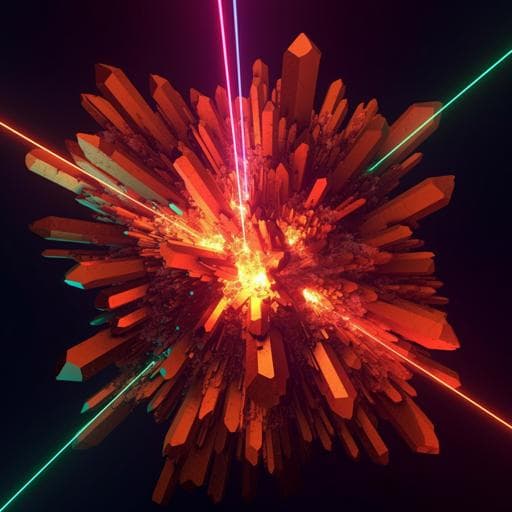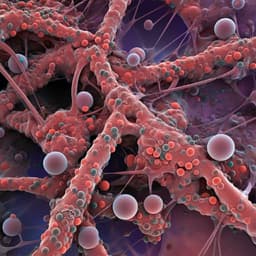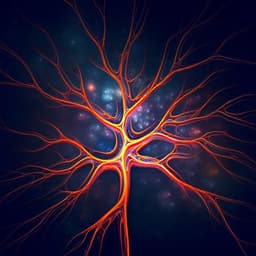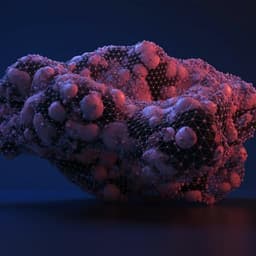
Physics
AutoPhaseNN: unsupervised physics-aware deep learning of 3D nanoscale Bragg coherent diffraction imaging
Y. Yao, H. Chan, et al.
Discover AutoPhaseNN, a groundbreaking deep learning framework developed by Yudong Yao, Henry Chan, Subramanian Sankaranarayanan, Prasanna Balaprakash, Ross J. Harder, and Mathew J. Cherukara. This innovative approach solves the challenging phase retrieval problem in 3D X-ray Bragg coherent diffraction imaging, achieving a remarkable 100x speedup over traditional methods while preserving high image quality—all without the need for labeled data.
~3 min • Beginner • English
Related Publications
Explore these studies to deepen your understanding of the subject.







